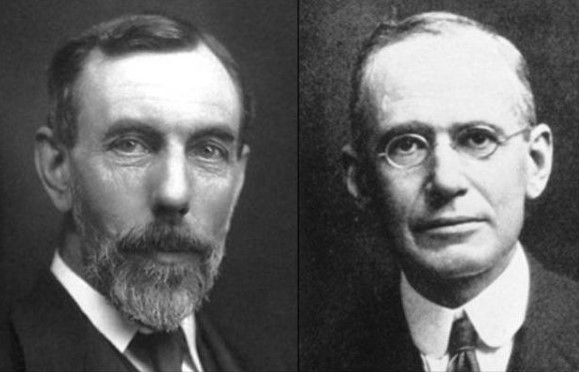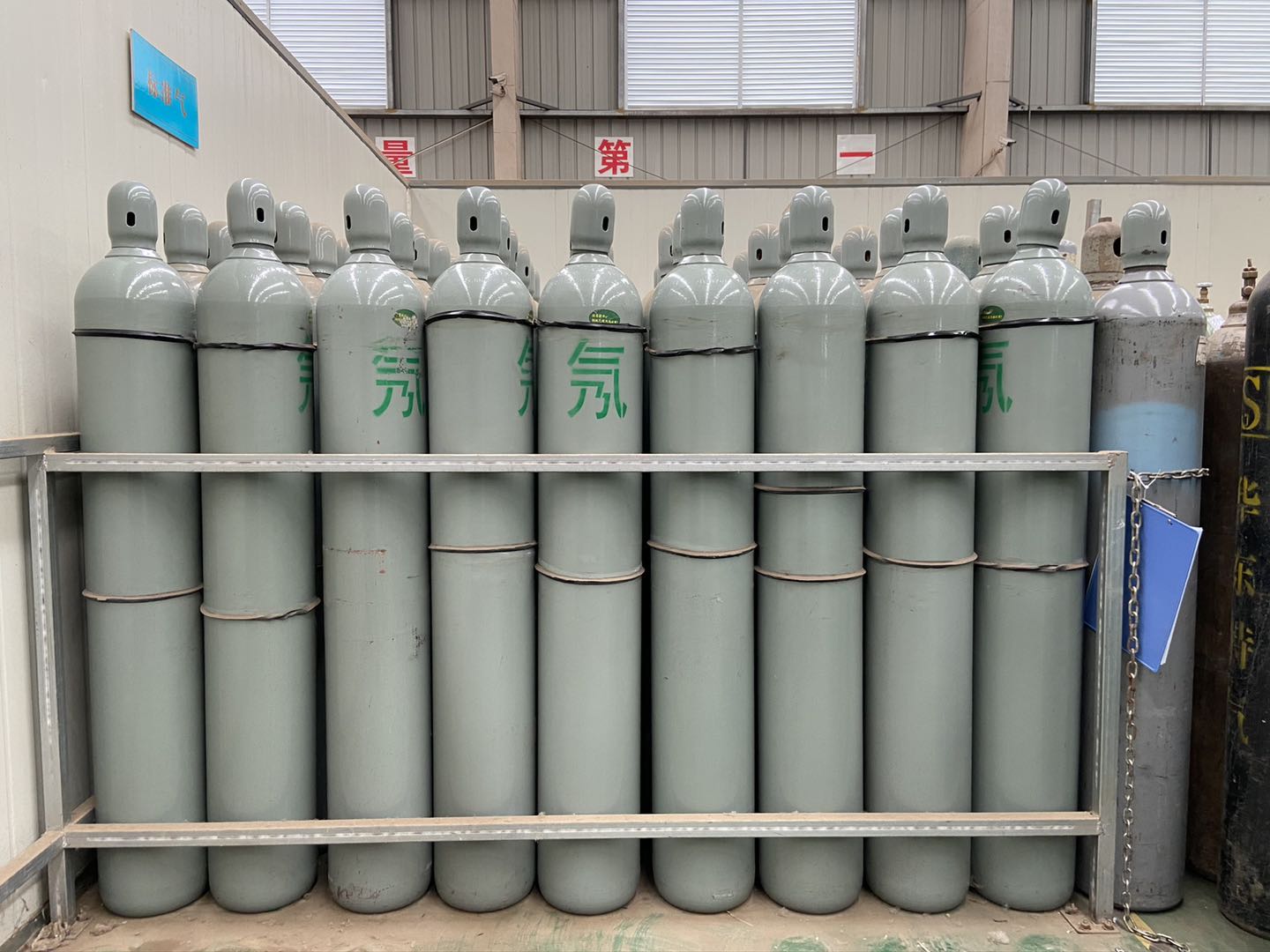Neon - the most inert element on Earth.
Neon, the tenth element, is actually quite abundant in the universe, only second to hydrogen, helium, carbon and oxygen. This is because the "alpha particle chain", oxygen nucleus and "alpha particle" helium nucleus can easily react to form neon nucleus. In the universe, the abundance of elements with even atomic numbers is always higher, such as helium (2), carbon (6), and oxygen (8), significantly higher than lithium (3), boron (5), nitrogen (7), and fluorine (9), except for beryllium (4), which is too unstable.
Neon cylinders
But on Earth, neon is scarce because it has a hard time combining with other elements to form compounds that deposit at the surface. It is almost invisible in the earth's crust, and only a small amount of neon is found in the air, about 1/65,000 of it. This is because neon is a monatomic gas, and although neon has an atomic weight of 20 greater than 14 of nitrogen and 16 of oxygen, nitrogen and oxygen are diatomic gases, with molecular weights 28 and 32 much heavier than neon. Over geologic time, neon has been escaping out of the atmosphere.

Ramsay and Travers
It was discovered by the Scottish chemist Ramsay and his assistant Travers, who were lucky enough to bring the noble gases to the table at once. Neon was one of them. Neon still plays an important role in our lives.





 Facebook
Facebook YouTube
YouTube LinkedIn
LinkedIn Twitter
Twitter